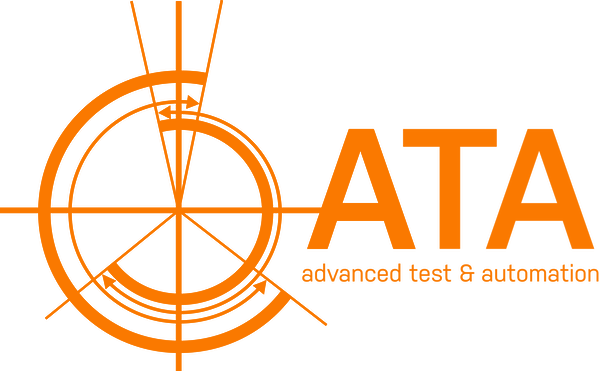WAYS TO MEASURE OIL AERATION
Need a Solution?
ATA Aerify™ can accurately measure oil aeration levels in real-time. It intelligently captures changes in aeration through a continuous flow from the oil sump or galleries of an engine, transmission or test bench.
Aeration can cause very serious problems, so it is important to be able to accurately measure aeration levels at any given time. With proper measurements one can quantify the susceptibility of one's design or component to the negative effects of aeration. Good measurement is key, the following is a discussion of the types of aeration measurement technologies that exist today and their relative advantages and disadvantages.
Radionuclide method
The absorption of radiation by a material is dependent on the density of the material. The aeration rate is correlated to the density of the two phase mixture (air and oil). During a radiation absorption measurement, a small bundle of collimated gamma or x-rays created by a source are directed through the detector on the other side. The intensity of the ray is determined on both sides of the air bubbles and the relationship between the two measurements gives a result for the aeration percentage.
© 2004, Oregon State University
Radioactive measurement systems are designed for continuous sampling. The radioactive method can theoretically achieve ±0.2% accuracy (100 second averaged sample), which makes it one of the most accurate aeration measurement instruments available.
That said, since the device relies on radiation intensity to measure, it’s accuracy depends on it. Like any radioisotope, the source is continuously decaying and will eventually need to be replaced. Data averaged over shorter periods will lose accuracy as the maximum intensity of the source is reduced over time. This can be mitigated by detecting the signal over a longer period, bringing with it the disadvantage that each measurement will take more time and become insensitive to smaller fluctuations of aeration.
Restrictions
A significant disadvantage of any radionuclide method is that the radiation source is usually a controlled substance, given the inherent danger surrounding radioactive isotopes. At the very least, sourcing and handling the consumable may be a significant inconvenience for test labs. Depending on the jurisdiction, the use may be banned entirely, making test results very difficult to correlate internationally.
Impedance
The impedance can be measured by inserting two probes into the void flow. The impedance measured in a two-phase mixture (air and oil) changes if there is liquid or vapour around the sensor. The aeration percentage is determined by measuring over a certain period to get a time averaged air bubble detection. One therefore needs to measure over a long period in order to get a reliable average. This is disadvantageous when frequent measurements are required. This technique is cheap and is excellent for local aeration percentage results but cannot be used for volume averaged aeration percentage measurements. Also, inserting probes into the flow is disruptive for the flow of the mixture of air and oil.
Optical bubble probes
Optical measurement techniques make use of Snell’s law, which suggests that the refraction and reflection of light is dependent on the refraction index of the materials between which the refraction takes place. The refraction index is also dependent on the aeration percentage, so that by measuring the reflection and refraction of light at the end of a probe, the aeration percentage can be determined. This technique has the benefit that it can be used for conducting and non-conducting fluids. However, it is intrusive and only suitable for very local aeration percentage measurements.
Capacitance
The capacitive technique provides aeration measurement by using nonintrusive electrodes around a cylinder containing a continuous air/oil flow. An electric field is generated between the electrodes, which changes with the aeration rate of the fluid. This results in an accurate, real-time measurement solution for determining aeration. The results of this method (along with other electrical and fluid properties) are part of the aeration rate algorithm that is used by the ATA Aerify™ sensor.
The biggest advantage to this method is the ability to capture aeration transients. The sensor can be easily integrated in a dyno test cell and can operate under dynamic conditions. ATA Aerify™ was specifically designed to used with multiple sensor heads, to capture and compare different pressure zones of a hydraulic system or engine (which can help understand gaseous cavitation in real-time).
Need a solution?
ATA Aerify™ can accurately measure oil aeration levels in real-time. It intelligently captures changes in aeration through a continuous flow from the oil sump or galleries of an engine, transmission or test bench.
Click here to learn more.






